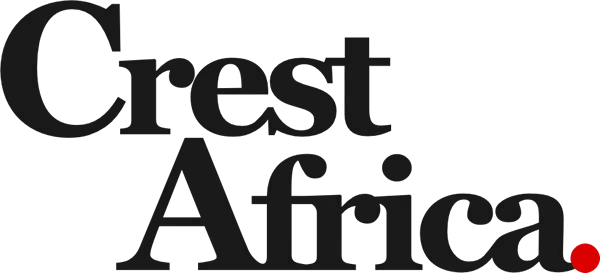Morocco’s government will adjust its 2026 budget to focus on health, education, and reducing regional inequalities, Finance Minister Nadia Fettah Alaoui told Reuters in an interview.
The move follows a wave of youth-led protests Morocco Faces Youth Unrest Exposing Deep Economic Inequality that have spread across the country in recent weeks, exposing growing frustration over poverty and poor public services, despite Morocco’s investments in large infrastructure projects and modern stadiums ahead of the 2030 FIFA World Cup.
“What we’ve heard from the youth protests is that they want a better education and health,” Alaoui said earlier this week on the sidelines of the International Monetary Fund and World Bank annual meetings in Washington.
She explained that the government currently allocates just under 9% of GDP to health and education but acknowledged that authorities need to do a better job of communicating their ongoing efforts in these sectors.
Alaoui said there was flexibility in the budget to reprioritize projects, such as equipping local hospitals to reduce the need for people to travel long distances for medical care.
Don’t Miss This:
Morocco’s King Calls For Swift Reforms To Create Jobs And Reduce Regional Inequality
“(We will) reallocate for short-term, quick wins, because people cannot wait for the reform to happen,” she said, adding that full details would be disclosed once the budget is presented to parliament, which typically occurs after late October.
The finance minister also said the budget would include measures to advance King Mohammed VI’s initiative to address regional disparities, particularly in mountain and oasis areas.
This effort, she noted, would require “probably some additional money, but much more focused on efficiency coordination and not putting at risk all the macroeconomic balances.”
When asked about Morocco’s plans for its foreign exchange regime, Alaoui said the ministry would first introduce medium-term inflation targeting, with a goal expected to be between 2% and 3%, to be disclosed in late 2026 or early 2027.
Morocco currently announces its inflation target annually rather than setting a longer-term benchmark.
“Floating (the currency) is another step,” Alaoui said, emphasizing that small and medium-sized enterprises were not yet ready for a fully flexible exchange rate.
“They’re not prepared, the big companies are prepared. The financial sector can be exposed, but we still need to keep the house in order for the smallest one and prepare them for this.”
The Moroccan dirham remains pegged to a basket made up of 60% euro and 40% U.S. dollar but has been allowed to fluctuate within a 2.5% band on either side since 2018.
Regarding international debt sales, Alaoui said Morocco had no immediate plans to return to global markets but expected the country to remain a regular issuer in the future.
Don’t Miss This:
Safran To Invest €200 Million In New Airbus Engine Assembly Line In Morocco
Image Credit: Medias24




